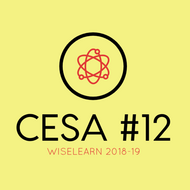Crash Testing & Highway Safety - Insurance Institute for Highway Safety
(View Complete Item Description)Why do some crashes produce only minor injuries? How can a single crash of a car into a wall involve three separate collisions? Award-winning science teacher Griff Jones returns to the Institute's Vehicle Research Center to answer these questions and to examine the laws of nature that determine what happens to the human body in a crash. Jones reviews levels of organization in the body and explains how body cavities house and protect major internal organs. Through creative experiments, he explores how the third collision can cause injuries to organs, demonstrates how shockwaves can damage tissue and describes what happens at the cellular level. Great 24 minute video with 37 page Teachers guide with a video worksheet and extension activities https://education.ufl.edu/gjones/files/2012/09/teachers_guideBioPhysics.pdf
Material Type: Homework/Assignment




















